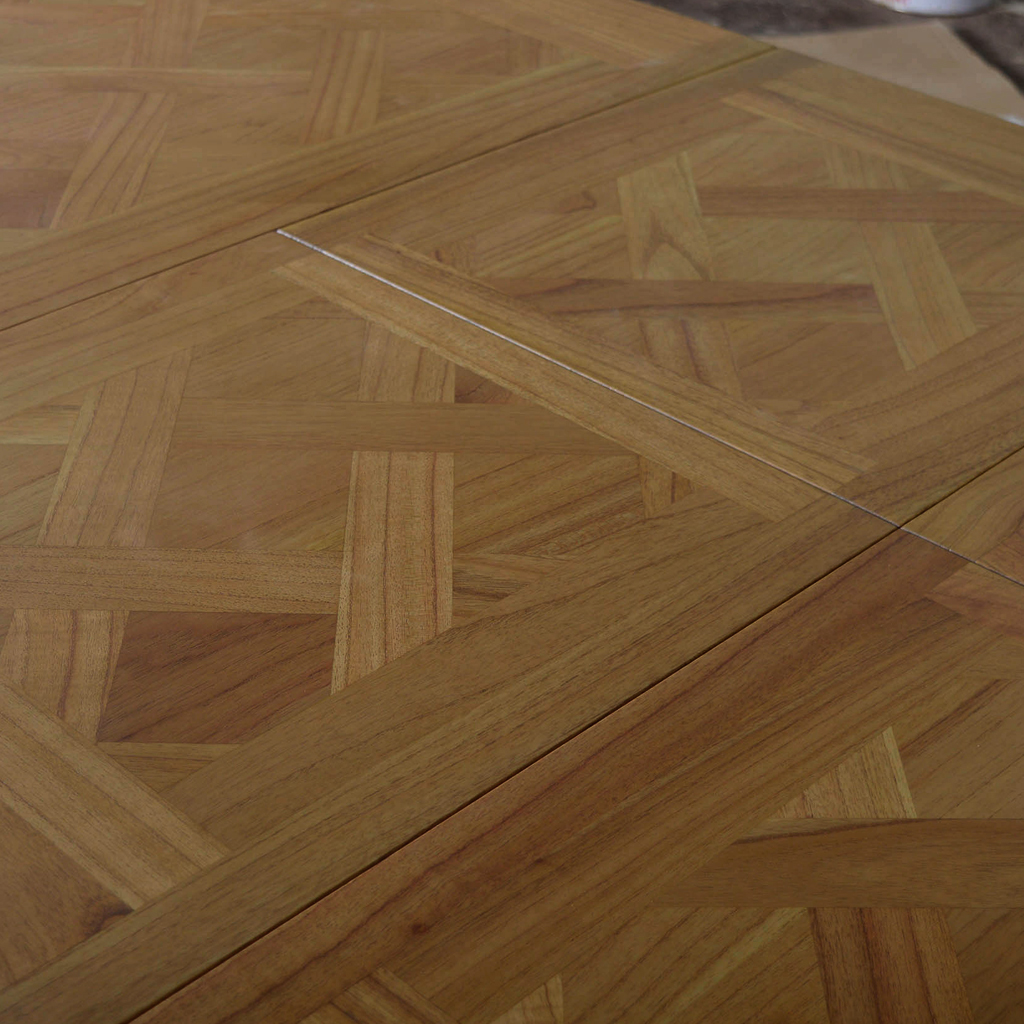You’ve taken the time to find your furniture – now it’s time for you to take your piece home and love it. To make it last longer, a little care goes a long way. So here is how to care for your lacquered furniture.

Natural hardwood is a long-lasting, durable material, making it ideal for everyday living at home. The furniture is crafted with great care and treated with a lacquered finish that not only enhances the beauty of the timber grain, but also makes your life easy, as day-to-day cleaning is simple.
To extend the life of your new piece and avoid any lasting damage, just remember to follow these 3 steps:
1. PLACE
Be mindful where you choose to put your piece, avoiding direct sunlight, contact with air conditioning, and heat sources, such as a radiator or electric heater.
2. CLEAN
Dust with a dry cloth to avoid a build up of dirt, which can dull the overall appearance and potentially cause scratches on the surface. There is no need for using any cleaning product.
In addition, here are 7 top tips to remember:
| HEAT | Lacquered surfaces are tolerant of a bit of heat (such as plates or tea cups), but oven-to-table dishes will need a heat mat. If you can’t hold it from the heat, then neither can your table. |
| CONDENSATION | From too hot or too cold pieces, a cloudiness can appear from condensation. This cannot be undone. |
| WATER | Resistant to water but note, not waterproof. So if there are any spills, always clean these up straight away so the water doesn’t soak deeper into the timber and dry with a soft clean cloth. |
| ALCOHOL | And also chemical cleaners, nail varnish remover, fragrant oils, any chemicals. These will strip the lacquer should they come in contact with the lacquer surface. |
| PETROCHEMICALS | These can be present in rubber or plastic products and if left on a lacquered surface will likely lead to chemical migration, causing the lacquer to dissolve and strip away. Please be specially mindful of rubber or plastic coated sports equipment. |
| SPILLS | Use a damp cloth to mop up any spills and then buff with a dry cloth (a microfibre cloth is perfect). Always move in the same direction as the natural grain. |
| DECORATIVE OBJECTS | Be sure to use felt protectors on the base of any decorative pieces you use on the surface to avoid scratches. |
TO NOTE
This furniture is not designed for outdoor or outdoor undercover use, but even if kept inside, fading and movement of timber is inevitable over time. Temperature and humidity changes can cause small imperfections, cracks or colour changes to occur, but these are a natural part of an organic product such as hardwood and part of the beauty of their individuality.
How do I clean lacquered furniture without damaging it?
To keep your lacquered furniture looking its best, simply dust regularly with a soft, dry cloth. Avoid chemical cleaners, sprays, or polishes, as these can strip the finish. For any spills, gently wipe the area with a damp cloth, then immediately dry with a clean, soft cloth – microfibre is ideal. Always follow the direction of the wood grain to maintain a smooth, even finish. There’s no need for harsh scrubbing or extra cleaning products. A gentle approach helps protect the lacquer while keeping the surface free of dust and dirt.
Can heat or sunlight damage lacquered furniture?
Yes, heat and sunlight can both impact the integrity of your lacquered furniture over time. Try to avoid placing your piece in direct sunlight, near windows, radiators, heaters, or air conditioning vents. Prolonged exposure can cause fading, warping, or cracking in the wood, and may damage the lacquered surface. For hot items, like serving dishes, always use heat mats or coasters. If it’s too hot to hold, it’s too hot for the table. By being mindful of placement, you’ll preserve the beauty and structure of your furniture for years to come.
What should I avoid placing on lacquered surfaces?
Lacquered finishes are resilient but sensitive to certain materials. Avoid placing plastic or rubber items, like sports gear, mats, or coasters, directly on the surface, as they may contain petrochemicals that can break down the lacquer. Also steer clear of alcohol, nail polish remover, fragrant oils, or any chemical-based products. Always use coasters under drinks and felt protectors under decorative items to prevent scratches. If you want to style the surface, opt for fabric or natural fibre mats that are gentle and breathable. A few small habits can make a big difference in protecting your furniture’s finish.

